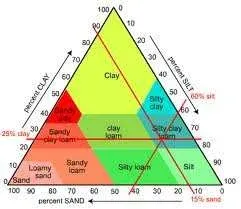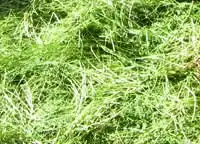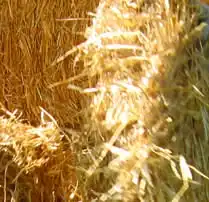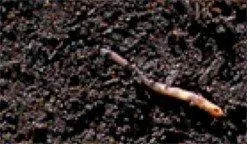Garden Growing Mediums
Various soil mixtures.
We are going on a brief trip through various garden growing mediums bedding options. You can research the items below and find more detailed explanations of the different discussion items on the web.
Dirt composition

The ideal dirt composition is clay, sand, silt, and organic matter to create loam soil. Loam is a rich, friable (crumbly) soil with nearly equal parts of sand and Silt and somewhat less clay.
Loam in subsoil receives various minerals and amounts of clay by leaching (percolation) from the topsoil above. Soil is heavy to move, requires amendments such as fertilizers, peat moss, mulch, and vermiculite.
My Three Sisters
Alfalfa, Straw, and Compost are essential elements of my growing medium. Below is information about My Three Sisters and the value each Sister brings to the garden. When joined together and digested using bacteria, you create Humus. Once in the Humus state, you will instinctively know what great growing medium is from the smell, texture, water retention.
Alfalfa

Surprisingly, alfalfa hasn’t gained as much attention as other organic soil amendments. Alfalfa is very high in vitamins, plus N-P-K-Ca, Mg, and other valuable minerals. It also includes sugars, starches, proteins, fiber, and 16 amino acids. Alfalfa helps plants generate larger blossoms and increases the tolerance to cold.
Used as a soil amendment, Alfalfa has ranges of N 2.0-2.5%, P .5-1.0%, K 1.%. It is a source of protein and carbohydrates that encourage microbial action in the soil. Alfalfa is an all-purpose, slow-release fertilizer. It also generates heat when decomposing.
Alfalfa also has an essential ingredient in triacontanol, a potent plant growth regulator. Too much of a good thing can cause damage to your soil and plants. Alfalfa can help balance this action.
Using Alfalfa adds nitrogen, phosphorus, and is a beneficial insect food. As the Alfalfa decomposition, it generates heat. The heat allows for early planting and late-season crop production. What else could you do you want?
Straw as a soil amendment
Straw’s ability to hold moisture, up to 270 pounds of water per bale, and breaks down into organic plant food. Straw does not contain vital nutrients but provides oxygen and carbon to plant roots.
There are many examples of using straw as a garden material. Use straw as an insulating cover for plants in cold climates to protect plants during the winter. Straw combined with manure helps keep nitrogen.
Compost as a soil amendment
Generally, compost contains plant materials, newspaper, decaying fruits, grass clippings, leaves, straw, bark, and aged manure.
The upside to compost is it retains water, provides nutrients, cools the soil surface, and prevents soil crusting, thereby allowing water to be absorbed in the soil more easily.
The downside to compost is that it may contain insects’ larvae, weed seed, and green manure if not processed correctly. If the mulch smells like vinegar, ammonia, sulfur, or silage, don’t use it. That indicates the mulch was not handled correctly and is anaerobic. Test your mulch with an acid tester. Toxic mulch will have a ph of 1.8 to 2.5.
Fungal Issues
With compost, you can have fungus problems too. The shotgun or artillery fungus (Sphaerobolus) may cause serious issues. The fungus shoots spores into the air, and they may drift into your home, autos, etc. Fungi spores will resemble tar spots, and they will damage painted surfaces.
Slime Molds
Slime molds are another fungus nuisance. The slime molds produce toadstools or mushrooms. If you are not 100% sure what kind of mushrooms and fungi they are, remove and dispose of all in your raised bed.
Humus as a soil
Humus is a nonliving, finely divided organic matter in the soil derived from microbial decomposition of plant and animal substances. The color range for Humus is from brown to black. Carbon is the primary part of the Humus. Other nutrients are nitrogen and smaller amounts of phosphorus and sulfur.
As organic matter decomposes, its components are broken down by microorganisms into forms usable by plants. Humus ranking is how well it is blended into the mineral soil, the types of organisms involved in its decomposition, and the vegetation origins.
Humus provides:
- nutrients essential for plant growth
- increases the soil’s water absorption
- improves soil workability
The ideal growing medium I have found is Humus. Plant roots grow faster and easier in the humus compared to earth. The wonderful thing about our process is that humus is the by-product of the raised bed process.



